BODY BALANCE AND SWIMMING (HEAD LEAD BODY ROTATION DRILL)
The head lead body rotation drill is the foundation of a successful swimming stroke.
If you skip this drill or rush through it, you’ll likely struggle to improve your stroke efficiency later on.
Proper body balance is one of the most important aspects of fast, effortless swimming.
I already touched on this topic in the post about sinking legs, but here we’ll go deeper into what true body balance means.
You might be thinking, “What kind of balance do I need in the water while I swim? I just float, don’t I?”
Well, that is true, your body naturally floats, however, it matters how you float and how much effort (energy) you consume while floating :).
Quick Jump To:
- 🎥 Video Tutorial
- 1) Kicking
- 2) Arm Location
- 3) Head Position
- 4) Rotation
- 5) Body Position
- 6) Breathing
- FAQ
🎥 Body Rotation Drill
Watch the short video below, and then read the breakdown of key elements.
As simple as it looks, it actually is not that easy for many.
Here are the major elements of the head lead body balance drill:
1) Kicking
This drill requires constant gentle kicking and a strong core body.
The most common mistake? Kicking too hard and getting exhausted.
The goal isn’t propulsion. It’s support. Use a steady, relaxed kick just to keep you moving.
If your kick is weak, don’t worry , just use fins so you can focus on balance and body rotation, not on staying afloat.
Learn more about improving your kick in this detailed guide.
2) Arm Location
Keep both arms at your sides, as if your hands were resting in your front pockets and relax them completely.
Avoid the mistake of tensing your top arm or holding it in a rigid shark-fin position.
Your arms should rest naturally, letting your body rotation do the work.
3) Head Position
Your eyes should look straight down at the pool bottom (or up at the sky if you’re on your back).
Don’t rotate your head with your hips. This is the biggest mistake swimmers make.
The head stays still, and the body rotates independently around it.
This teaches your core to control movement while maintaining a neutral head position, improving streamline and reducing drag.
The swimmer in the above does a very good job of rotating while keeping the head steady and hips at the surface.
4) Rotation
Your body rotates smoothly around an imaginary line running from the top of your head to your toes.
Avoid pausing flat on your stomach. Think of your hips like ice skates gliding from one edge to another. You are never on both simultaneously.
Smooth, rhythmic rotation is the key.
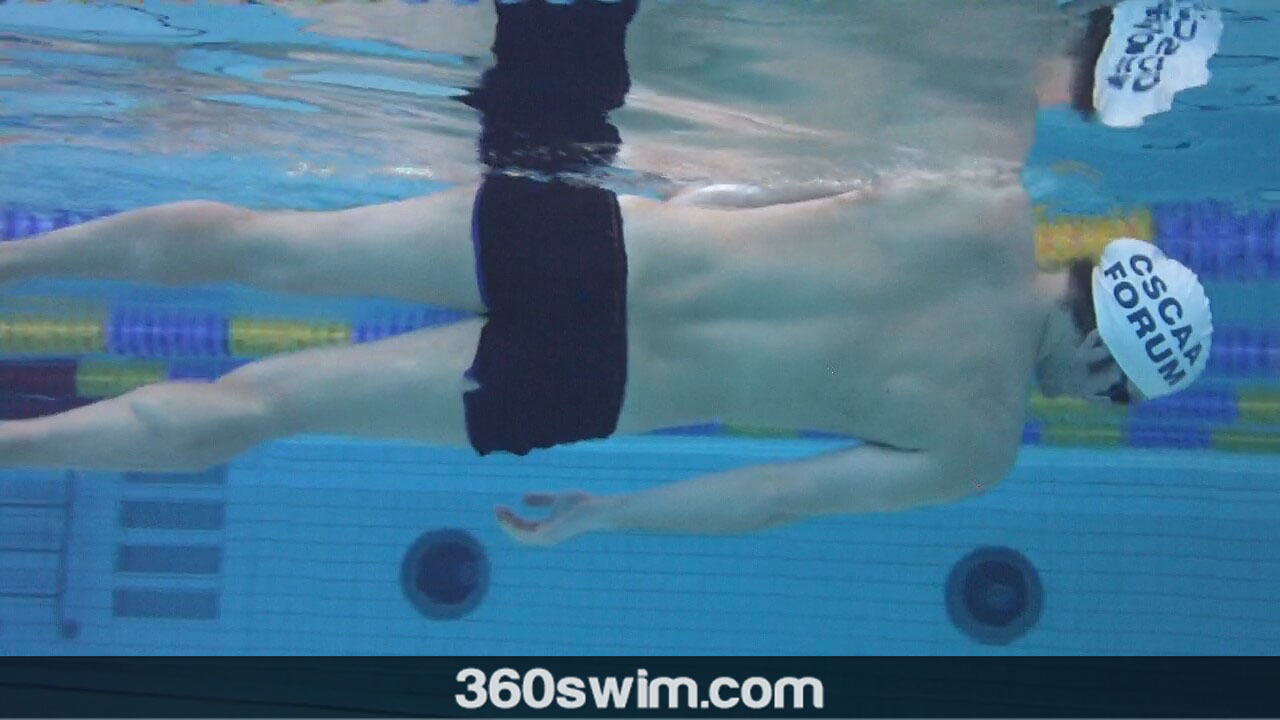
5) Body Position
Keep your body aligned and close to the surface, maintaining a straight spine.
Many swimmers let their hips drop, creating drag and forcing them to “swim uphill.”
To correct this, apply gentle pressure with your chest and shoulders into the water. It will naturally raise your hips.
If this is a bit too advanced, please consider working on your head position first.
6) Breathing
Ideally, you’ll breathe by rotating your head just enough to get air, keeping your body rolling smoothly from side to side.
If neck flexibility limits you, rotate from side to back. Take as many breaths you need and then back to the side again. Though, if you did the above steps correctly, you might find that your neck is a bit more relaxed now. Giving you more flexibility.
As much as it is nice to blow bubbles while you swim to keep yourself relaxed, during this balance drill, you should keep your mouth shut and the air in your lungs. This will give your lungs some leverage to push against, to get your hips/legs up to the surface.
If breathing becomes too distracting, use a front swimmer snorkel to eliminate that variable and focus fully on balance.
Master this drill, and you’ll notice how much smoother, lighter, and more efficient your freestyle feels, because you’ve built your stroke on the most important foundation of all: balance.
Frequently Asked Questions
What is the head lead body rotation drill?
It’s a foundational freestyle drill designed to teach proper body alignment and balance in the water. The swimmer kicks steadily while keeping the head still and allowing the body to rotate smoothly around the spine.
Why is body balance important in swimming?
Good body balance keeps your hips high, reduces drag, and helps maintain a horizontal body line. Without it, swimmers waste energy fighting to stay afloat instead of moving forward efficiently.
How can I stop my legs from sinking during the drill?
Keep your head still and eyes looking down. Press your chest slightly into the water to lift your hips. Avoid exhaling too much air underwater, as lung buoyancy helps keep the legs up.
Should I use fins for the head lead body rotation drill?
Yes, especially if your kick is weak. Fins help you focus on body rotation and alignment without worrying about propulsion or fatigue.
How should I breathe during the drill?
Ideally, rotate your body to breathe while keeping your head in line with your spine. If flexibility limits side breathing, you can alternate between side and back positions for easier air access.
What common mistakes should I avoid?
Avoid lifting your head, overkicking, pausing on your stomach during rotation, or letting your hips drop. Each mistake breaks your balance and increases drag.
Can I use a snorkel during this drill?
Absolutely. A front-mounted snorkel removes breathing stress, allowing you to focus entirely on body rotation, alignment, and balance.
How does this drill relate to freestyle technique?
The head lead rotation drill trains the same hip-driven rotation used in freestyle. Once mastered, it improves your rhythm, reduces effort, and builds a better foundation for your full stroke.
 LNURL1DP68GURN8GHJ7URP0YHRXD3SWDMKJMFWVDHK6TMVDE6HYMRS9A4HSCNCWFXSH3NN0H
LNURL1DP68GURN8GHJ7URP0YHRXD3SWDMKJMFWVDHK6TMVDE6HYMRS9A4HSCNCWFXSH3NN0H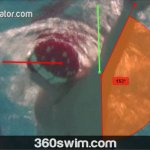

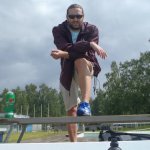
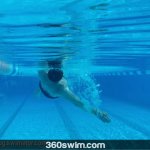
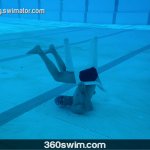

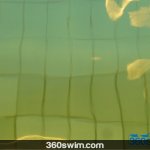
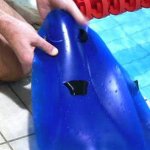
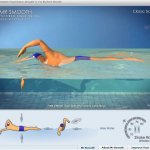
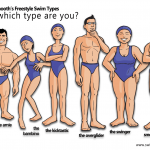
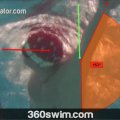

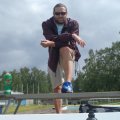

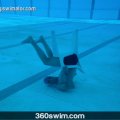
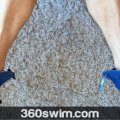
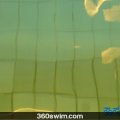

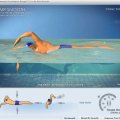
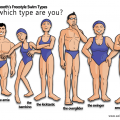


















Comments (3)